Aquila (Garud)
Aquila, resembles the shape of a Eagle when stars in this constellation are imaginarily connected as per Indian mythology.
Where should I see…Hercules, Ophiuchus and Serpents Cauda is the constellation which is towards west of 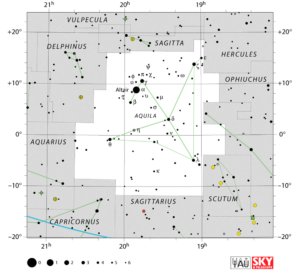 Aquila constellation. If you move your eyes towards east, you will see another constellation named Delphinus and Aquarius. On the North of Aquila, you will find Sagitta and on South, Capricornus, Sagittarius and Scutum constellation. Aquila is halfway above celestial equator and half way below Celestial equator, and so is partially part of Northern Hemisphere.
Aquila constellation. If you move your eyes towards east, you will see another constellation named Delphinus and Aquarius. On the North of Aquila, you will find Sagitta and on South, Capricornus, Sagittarius and Scutum constellation. Aquila is halfway above celestial equator and half way below Celestial equator, and so is partially part of Northern Hemisphere.
It covers up 652 square degree area of the sky. Area wise it is 22nd largest constellation in the sky.
When and What can I see…We can gaze at eagle shape of Aquila constellation during summer from mid February to November end, as seen from India.
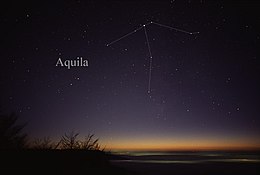
All you need is your eyes other than clear skies to see of this constellations, as they are the one which are brighter than the limit of our eyes (i.e. 6.5 apparent magnitude). The brightest star of this constellation is Altair. The hindu name is Shravan, which is also know as Nakshatra (lunar mansion).
Constellations are made up of single, binary (apparent and absolute), multiple and variable stars. Out of total 131 stars of different types, here is the list of 20 brightest stars as per their nature:
| Binary / Multiple Star system | Variable Stars | Binary / Multiple & Variable Stars | Single stars |
| Altair | – | Okab | Libertas |
| Tarazed | – | Alshain | 4 |
| 3 | 3 | 5 | |
| 5 | 3 | 7 | 5 |
In Indian mythology, it is said that when Rishis and Philosophers first saw Garud taramandal (Aquila constellation), actually looked  like a shape of an Eagle. Actually, there are many stories associsated with Garuda. But one of them is that, this constellation’s three brightest stars are considered to Lord Vishnu’s Charanakamal. According to another story in Hindu mythology, this constellation is associated with Shravankumar, the one who served his blind parents his whole life and took him for a yatra (pilgrim) on a yoke.
like a shape of an Eagle. Actually, there are many stories associsated with Garuda. But one of them is that, this constellation’s three brightest stars are considered to Lord Vishnu’s Charanakamal. According to another story in Hindu mythology, this constellation is associated with Shravankumar, the one who served his blind parents his whole life and took him for a yatra (pilgrim) on a yoke.
Deep Sky Objects…
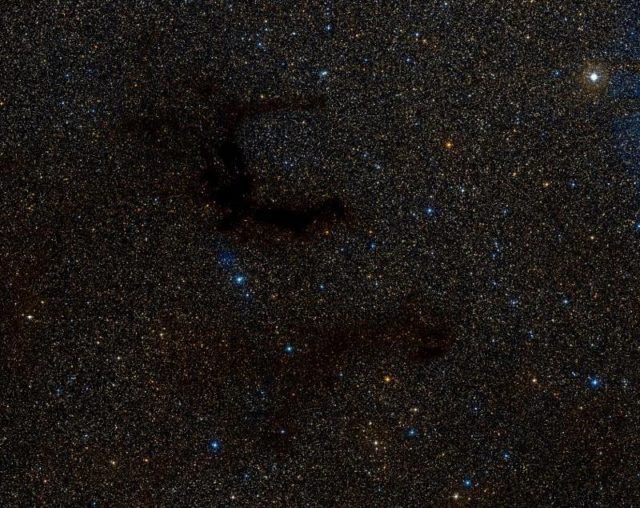 E Nebula || Banrard’s Nebula || Pair of dark Nebula ||
E Nebula || Banrard’s Nebula || Pair of dark Nebula ||
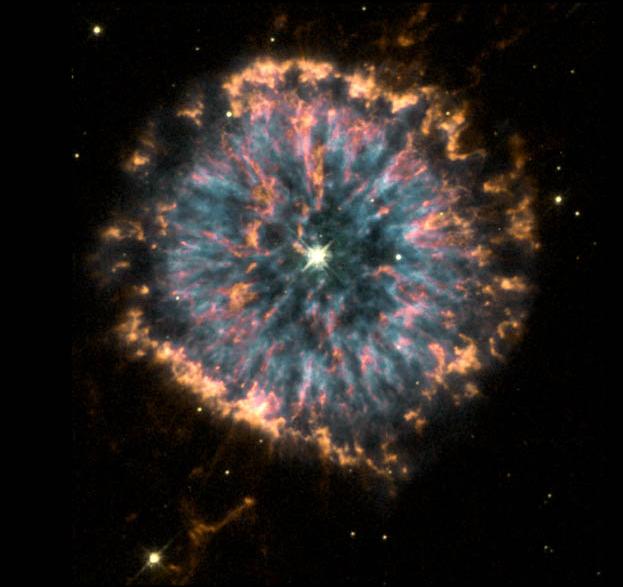 NGC 6751 || Dandelion Puffball or Glowing Eye Nebula || Planetary Nebula
NGC 6751 || Dandelion Puffball or Glowing Eye Nebula || Planetary Nebula
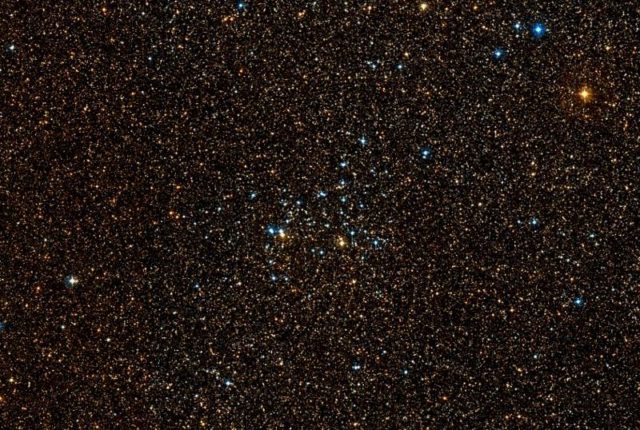 NGC 6709 || Open Cluster
NGC 6709 || Open ClusterAll the stars that we see naked eyes, all belong to our own, Milky way galaxy (Akash Ganga Tara Vishv). Bright stars can be seen naked eye and faint one through telescope. But the curtain of sky that we see in 2D is actually a huge universe we are talking about, with 3 dimension. There are many nebulous objects visible in every constellations. They differ widely by distances and nature. Like Emission Nebula, Reflecting Nebula, Absorption Nebula, Star Birth Nebula, Supernova Remnants (SNR) and Open Stars cluster which are within the disk of our own Milky Way galaxy. Globular cluster are also found, which are in the halo of our galaxy and some most distant objects like galaxies are also visible through telescope. Such objects are defined as “Deep Sky Objects”.
In this constellation there are 44 such different types of Deep Sky Objects observed. Below is the list of 20 brightest Deep Sky Objects are listed below.
| Galaxy | Open Cluster | Globular Cluster | Nebula | Supernova Remnant | ||
| Naked eye visibility | – | – | – | – | – | |
| Visible through Telescope | 3 | 3 | 3 | Phantom Streak Nebula | – | |
| – | – | – | 10 | – | ||
| 3 | 3 | 3 | 11 | – |
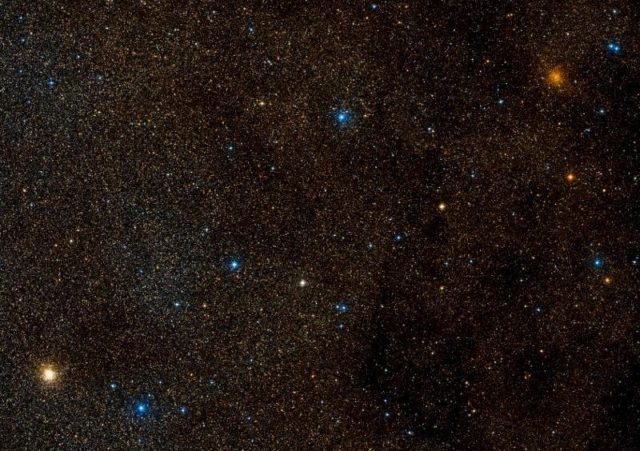 NGC 6760 & NGC 6749 || Globular Clusters
NGC 6760 & NGC 6749 || Globular Clusters
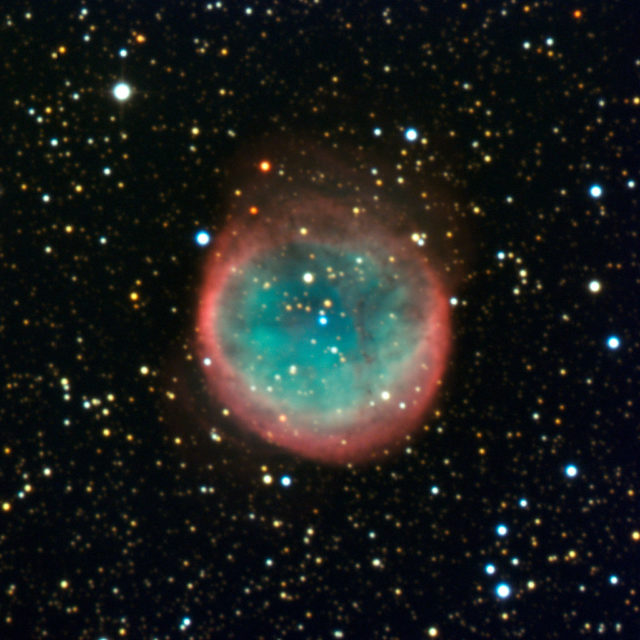 NGC 6781 || Planetary Nebula
NGC 6781 || Planetary Nebula
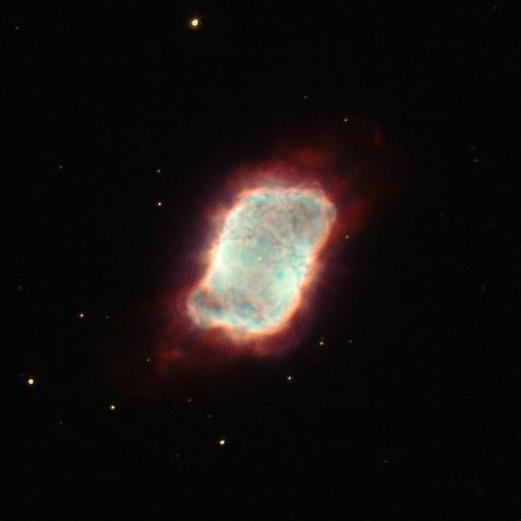 NGC 6741 || Phantom Streak Nebula || Planetary Nebula
NGC 6741 || Phantom Streak Nebula || Planetary Nebula

